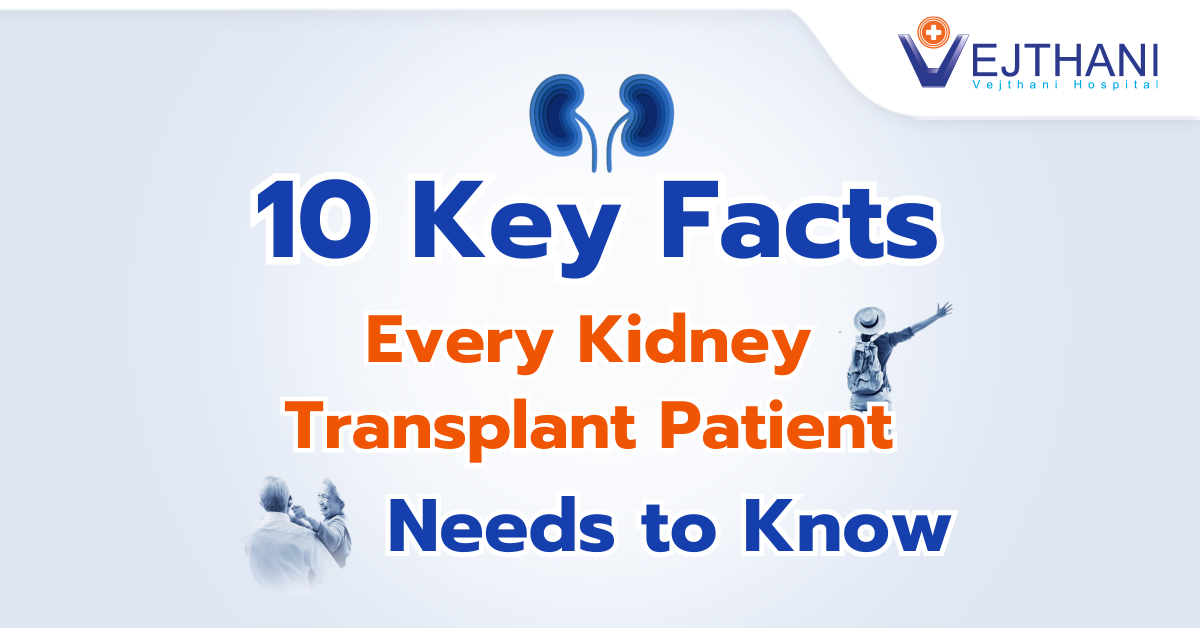
Scarlet Fever
Overview
Scarlet fever, also known as scarlatina, is a bacterial illness that often follows strep throat. It is characterized by a bright red rash that spreads across most of the body and is typically accompanied by a sore throat and high fever. The condition predominantly affects children between the ages of 5 and 15.
While scarlet fever was once regarded as a severe childhood disease, the advent of antibiotics has significantly reduced its threat. However, without appropriate treatment, the infection can lead to serious complications, including issues affecting the heart, kidneys, and other organs.
Symptoms
The signs and symptoms characteristic of scarlet fever include:
- Red rash. Resembling sunburn and feeling like sandpaper, the rash typically starts on the face or neck and spreads to the trunk, arms, and legs. Pressing on the affected skin causes it to turn pale.
- Flushed face. The face may appear flushed, with a pale ring around the mouth.
- Red lines. The skin folds around the groin, armpits, elbows, knees, and neck usually develop a deeper red hue compared to other areas with the rash.
- Strawberry tongue. The tongue often appears red and bumpy, and it’s frequently coated with a white layer in the early stages of the disease.
Signs and symptoms of scarlet fever additionally include:
- A fever of 38.0 C (100.4 F) or more, frequently accompanied by chills
- Tender, enlarged lymph nodes in the neck
- Tender, red, sore throat that occasionally has white or yellowish spots
- Tender, vomiting
- Pain in the belly (abdominal)
- Headache and body aches
The rash, facial redness, and red tongue typically persist for about a week. After these signs and symptoms subside, the affected skin often undergoes peeling.
Discuss with your doctor if your child experiences a sore throat accompanied by:
- A red rash
- A temperature of 100.4 F (38.0 C) or higher
- Swollen or sensitive glands in the neck
Signs and indicators that require immediate attention
In children and teens, the following symptoms require urgent evaluation:
- Chest pain
- Rapid breathing
- Hydration deficit
- Increased difficulty breathing at rest
- Noisy, wheezy, or raspy breathing that does not go away with coughing
- Muffled voice or inability to open mouth fully
- Difficulty swallowing liquids or saliva
- Dizziness when sitting or standing
- Drooling (if more than three years old)
- Confusion, lack of energy, or difficulty staying awake and aware
- Prolonged or intense diarrhoea or vomiting
Other symptoms that call for an urgent evaluation in newborns under two months of age include:
- Temperature ranges between 96.0 F (35.5 C) and 100.4 F (38 C)
- Unable to be soothed
- Breathing that comes in spurts and stops frequently
Causes
Scarlet fever is caused by the same bacteria responsible for strep throat, known as group A streptococcus. In scarlet fever, these bacteria release a toxin that leads to the rash and red tongue. The infection spreads from person to person through droplets released when an infected individual coughs or sneezes. The incubation period, the time between exposure and illness, typically ranges from 2 to 4 days.
Risk factors
Children aged 5 to 15 are at a higher risk of developing scarlet fever compared to other age groups. The bacteria that cause scarlet fever spread more readily among individuals in close contact, such as family members, child-care groups, or classmates. Scarlet fever typically follows a strep throat infection, although it can also occur after a skin infection like impetigo. It’s possible to get scarlet fever more than once.
Contact Information
service@vejthani.com






















